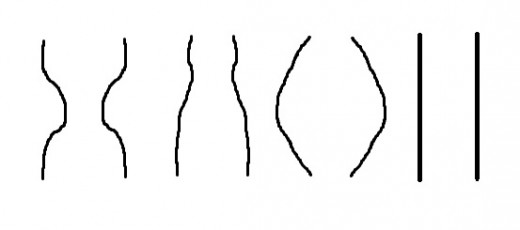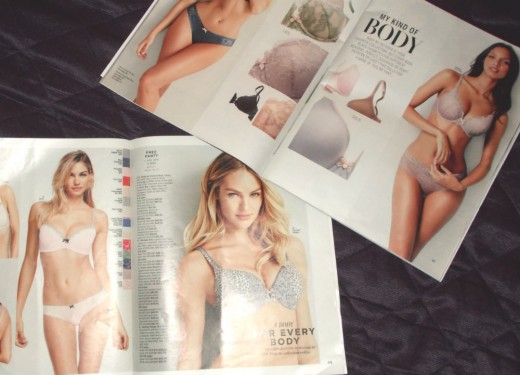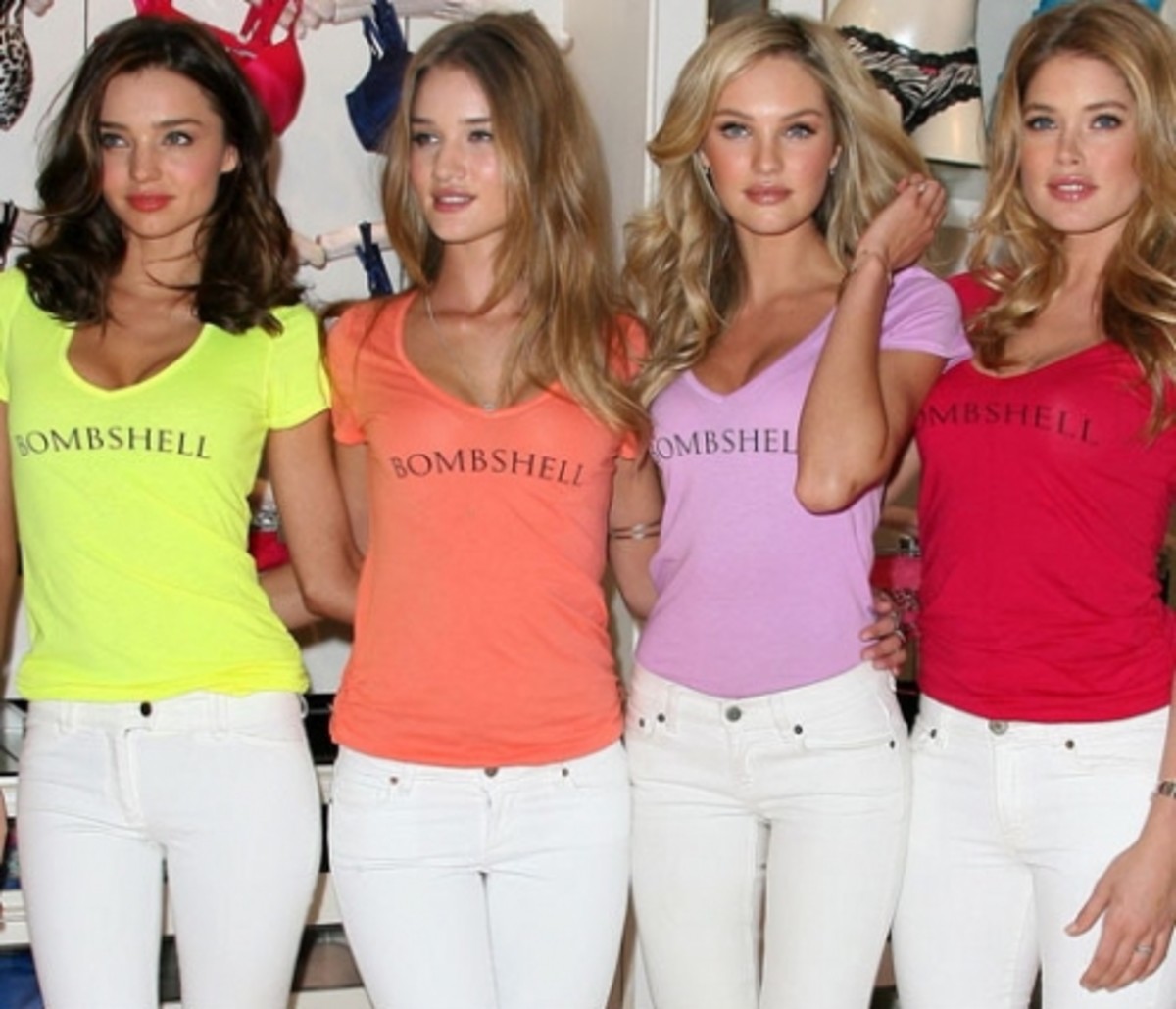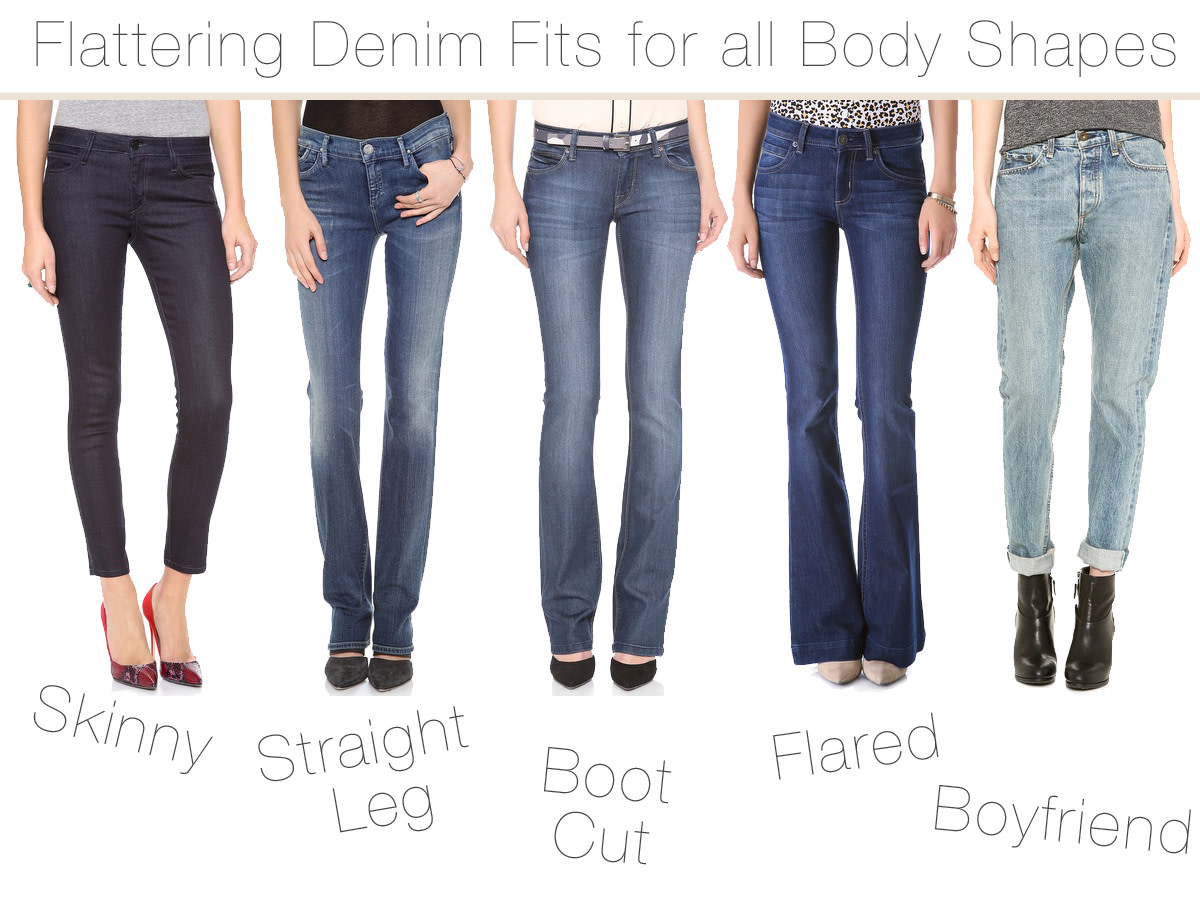Is Victoria's Secret to blame for body image issues?

Women come in all shapes and sizes. That is both the best and worst thing about us.
During the Fourth Grade introductory sex ed class- the one where the girls and the boys are separated- I recall my teacher pausing the video (actually, it was probably a projector back then) just after the narrator explains one of the changes we'll face is our body turning into an hourglass shape. She added, "Or this shape," and moved her hands in an exaggerated outline of her body, what is typically referred to as an "apple" shape. She laughed, we laughed, and she continued the film.
Throughout the years, we've stopped laughing. Our body images have become serious, and sometimes hurtful, discussions. We tell women to embrace their bodies, to shield their daughters from negative body talk, and, then we go on Twitter and tell a thin celebrity she needs to eat a sandwich.
According to GoodTherapy.org, body image is "a mental idea about your physical body and how you look." It can be distorted by what we are told in the media. Both men and women are presented with ideas that if they buy a product they will look better or do better.
For some reason, women in particular take it a step further. We look at things, like Barbie dolls or Disney Princesses, and think their waistlines are presenting unrealistic, unattainable images. We somehow think we feel the need to compare ourselves to a piece of plastic or an ink drawing.
We combat it with songs like "Beautiful" by Christina Aguilera or "All About That Bass" by Meghan Trainor. We post and praise articles in which artists have re-drawn cartoon characters to have "realistic" waistlines.
And, we attack companies, most in fashion for implying we need to look like models because they used models in their advertising. The latest victim of our ire is Victoria's Secret.

The Perfect "Body"
Victoria's Secret has had a bra collection called Body by Victoria since 1999. It was named after Heidi Klum, who was given the nickname, "The Body," by New York Post's Page Six. The collection is available in 10 different styles, 24 different colors and prints, and is available in sizes 32A-40DDD, as of the store's Fall Fashion 2014 catalogue.
Since Klum left the company in 2010, Victoria's Secret has played on the word "body" in campaigns to sell the bra. In 2010, the campaign for the bra was "Love your Body." Earlier this year, it was "Body Language." More recently, it was "The Perfect 'Body.'"
The campaign featured the company's models, called Angels, lined up, each wearing a different style of the bra. The style each model was wearing was printed under her feet. Across the models, the large print read, "The Perfect 'Body.'" Just below, in smaller print, it read, "Perfect Fit. Perfect Comfort. Perfectly Soft."
Anyone who has heard of the collection in its 15 years of existence, or read the full advertisement, knew the campaign was describing the bra.
Unfortunately, three college students didn't grasp that concept. They simply saw the large print and a line-up of models and assumed the campaign was an assault on body image. They were so offended, they started a Change.org petition demanding an apology. They also wanted the company to take responsibiliy for promoting an unhealthy message about women's bodies. They promoted their views with a Twitter campaign using the hashtag #iamperfect.
Then, these uninformed, but internet-savvy ladies were called inspirational.
Victoria's Secret, without comment or explanation, was reported to have changed the campaign to "A Body for Every Body," which is also the wording used in the Fall on Sale 2014 catalogue. The previously mentioned fall catalogue uses "My Kind of Body."
But, some are still not happy. They are upset that Victoria's Secret used its models to advertise the product by pointing out the company is only showing one body type. Imagine that, a company hiring models to model a product!
Think of it this way: Do you think you could get a job as a personal trainer if you were overweight? Would you hire a personal trainer who was overweight? Probably not. So, why do we throw all this hatred on models and the companies that hire them?
Two of the most interesting things about Victoria's Secret were ignored in this controversy. First, customers are called Angels, too. Yes, the company presents this image that its customers are equals with the models. Second, Victoria's Secret models are not your average model. Most have curves- that hourglass look- probably to better show the bras' (and panties') capabilities.
What now?
If you compare yourself to someone else and get upset about it, you only have yourself to blame. Anyone finding offense in the campaign looked at the models, saw a figure they did not have, and blamed the company for making them upset.
They blamed others for their sensitivities with their body image. The campaign never said women had to look like models. The women assumed the phrase "The Perfect Body" was about the models and not about the bra. They manufactured that in their heads. The company did not do that. They did.
Remember, body image is a mental idea.
Models are hired for their bodies and have to maintain their bodies to fit a size companies want them to be. Most of us are not models, and, as a result, do not have live up to their job requirements.
That's the good news.
The bad news is this is the image we, as women, are presenting to the world. We jump to conclusions. We are vile to other women. We assume intentions. What happens when we assume? Perhaps, just maybe, our obsessions and assumptions affect not only how our daughters see themselves, but how men treat us as well.
See also:
- Lego bricks are not limiting girls
Somehow, a little girl's letter to the Lego company went viral recently... Legos are not gender-specific. They never have been... - Victoria’s Secret Under Fire For ‘Perfect Body’ Campaign | The Onion - America's Finest News Source
Social media users are demanding that Victoria’s Secret take down its latest advertising campaign, “Perfect Body,” which plays off the title of its Body by Victoria bra but also has the words superimposed over pictures of tall, thin supe...
© 2014 Samantha Sinclair








